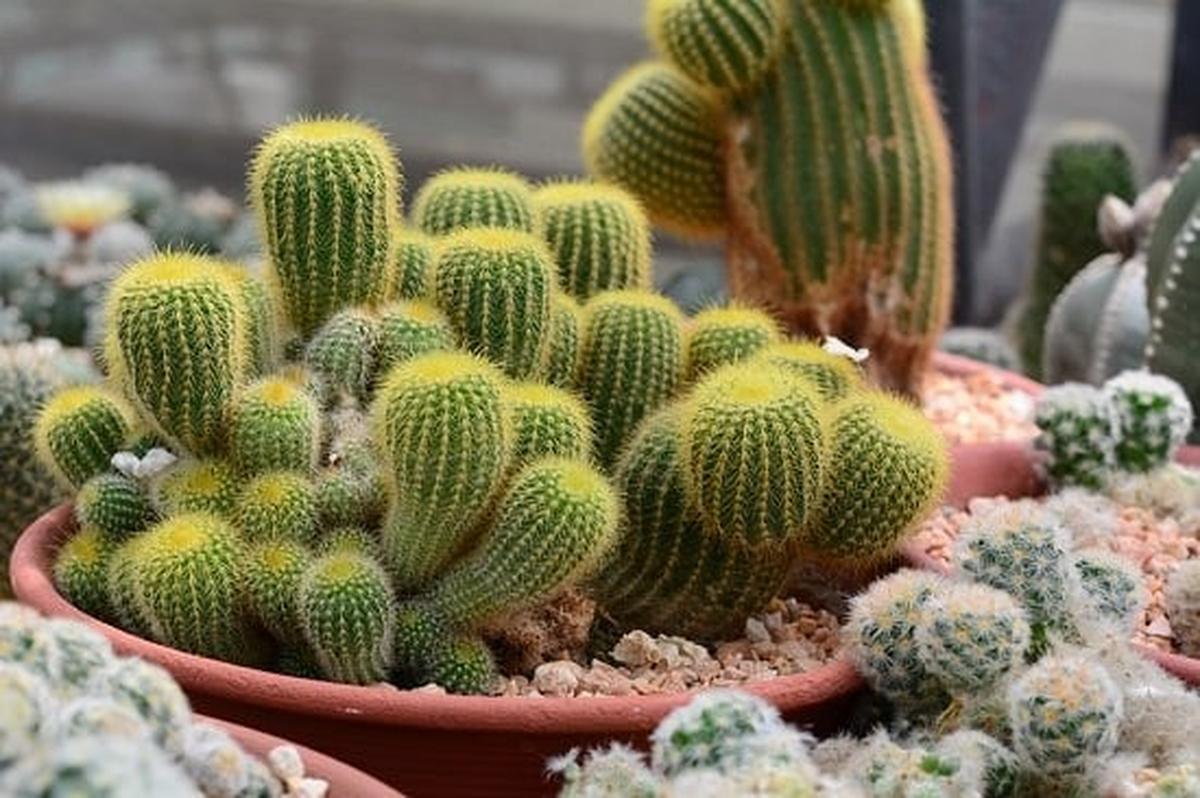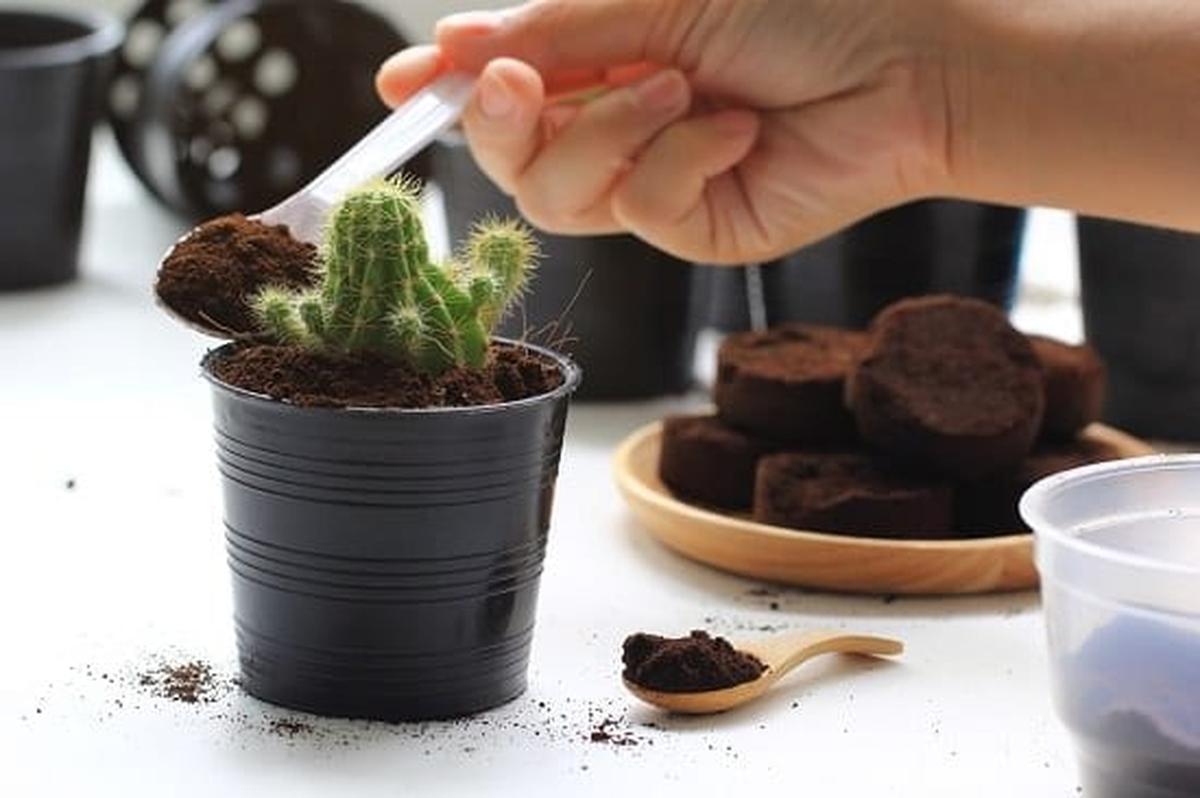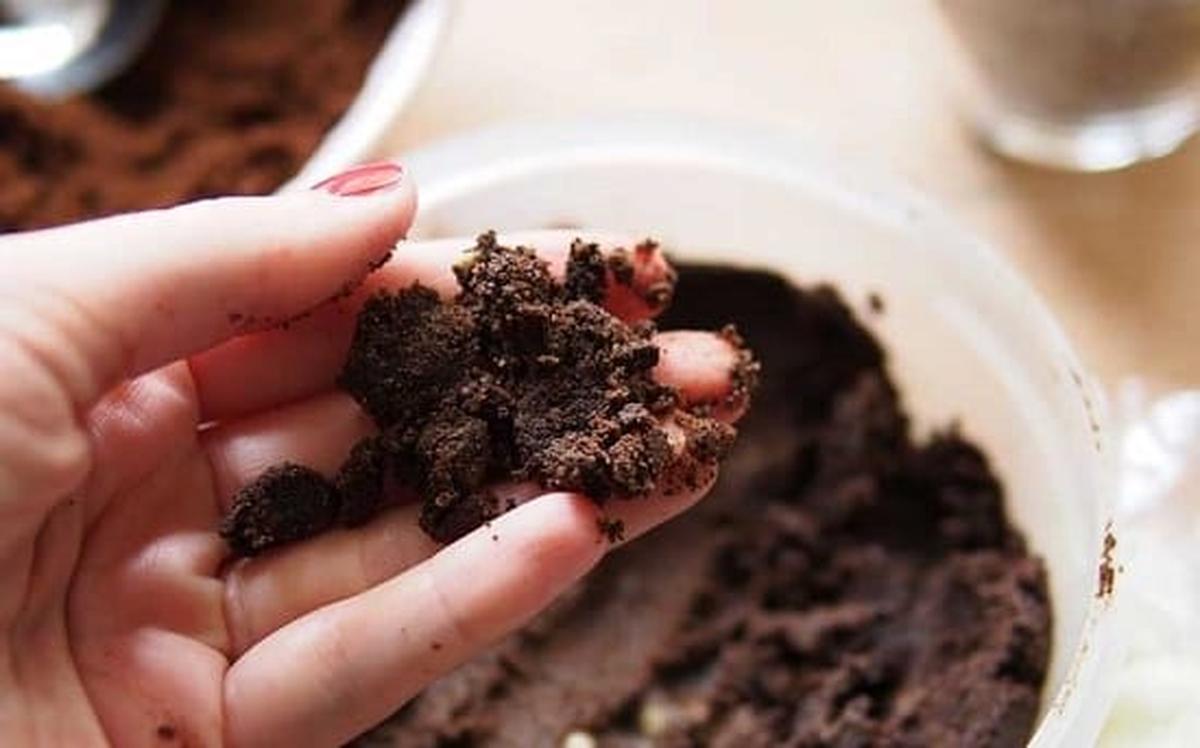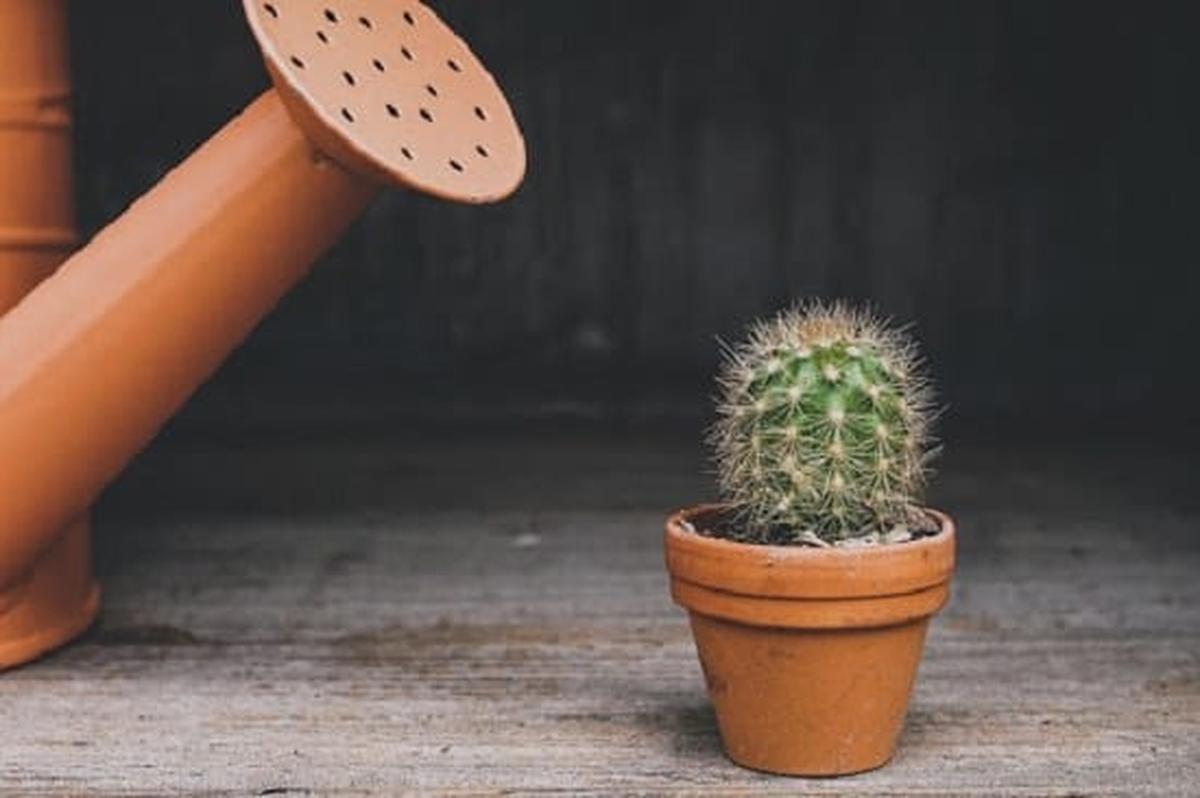How to Fertilize Your Cactus for Maximum Growth
Fertilizing cactus is key to promoting healthy growth, but choosing the right type and frequency is crucial.
Cacti, being low-maintenance, require specific nutrients at the right time to thrive.
Using the best fertilizer for your cactus can help ensure it stays strong and vibrant.
With the proper care, your cactus can flourish beautifully.
Requiments about Nutrients for Cacti
Cacti thrive in arid environments, yet they still need essential nutrients for healthy growth.
Nitrogen plays a crucial role in leaf formation and overall development.
Phosphorus contributes significantly to root health and encourages flowering, enhancing the plant's beauty.
Potassium supports various physiological functions, promoting robust growth throughout the cactus's life cycle.
Do Cacti Need Fertilizer?
Cacti thrive in harsh environments, so they can manage without fertilizers.
Their resilience allows them to survive on minimal nutrients, often relying on their natural surroundings.
When you do choose to fertilize, it can enhance their growth and vibrancy significantly.
For indoor varieties, a gentle approach works best; feeding them twice a year is sufficient for optimal health.
After applying fertilizer, placing your cactus in bright sunlight helps maximize its benefits and keeps it thriving beautifully.
What are Ideal Cactus Fertilizer?
Cacti thrive on minimal nutrients, so choosing the right fertilizer is essential for their health.
High-nitrogen options can lead to weak growth and damage, making a balanced approach necessary.
Blends like 10-10-10 or 5-10-10 work well due to their low nitrogen levels while providing essential phosphorus and potassium.
Diluting these fertilizers to a quarter or half-strength ensures that your cactus receives just enough nourishment without overwhelming it.
How to Fertilize a Cactus
Fertilizing a cactus can enhance its growth during the active season.
Using a balanced fertilizer like 10-10-10 or 5-10-10 works well when diluted to quarter or half-strength in water.
This mixture should be stirred thoroughly before applying it to the soil until it's moist, ensuring not to drown your plant with excess liquid.
Cacti thrive on moderation, so keeping an eye on how much you feed them is essential for their health.
When to Fertilize a Cactus
Cacti thrive during their growing season, which typically falls in spring and summer.
Fertilizing at this time ensures they receive the nutrients needed for healthy growth.
Winter is a different story; during dormancy, these plants require no fertilizer as it can weaken them further.
If you spot signs of distress like wilting or yellowing leaves, check their light exposure and watering habits first.
Once the cactus shows improvement under bright sunlight, a diluted fertilizer can help restore its vitality effectively.
Natural Alternatives
Choosing organic alternatives for fertilization opens up a world of benefits.
Manure enriches the soil with essential nutrients while improving its structure.
Compost acts as a powerhouse, providing vital microorganisms that promote healthy plant growth.
Fish emulsion delivers a quick nutrient boost, making it an excellent choice for rapid results.
Soybean meal and cottonseed meal offer slow-release nitrogen, supporting long-term plant health without harsh chemicals.
Key Things to Remember
Fertilizing plants requires careful timing and attention.
Applying fertilizer during a dormancy phase can disrupt their natural cycle, leading to stress.
Overfeeding poses significant risks; too much nutrition can harm delicate roots or even lead to plant death.
A gentle approach is best when beginning the fertilization process, using smaller amounts initially helps gauge the plant's response.
Observing how your plants react will guide you in adjusting future feeding schedules effectively.




